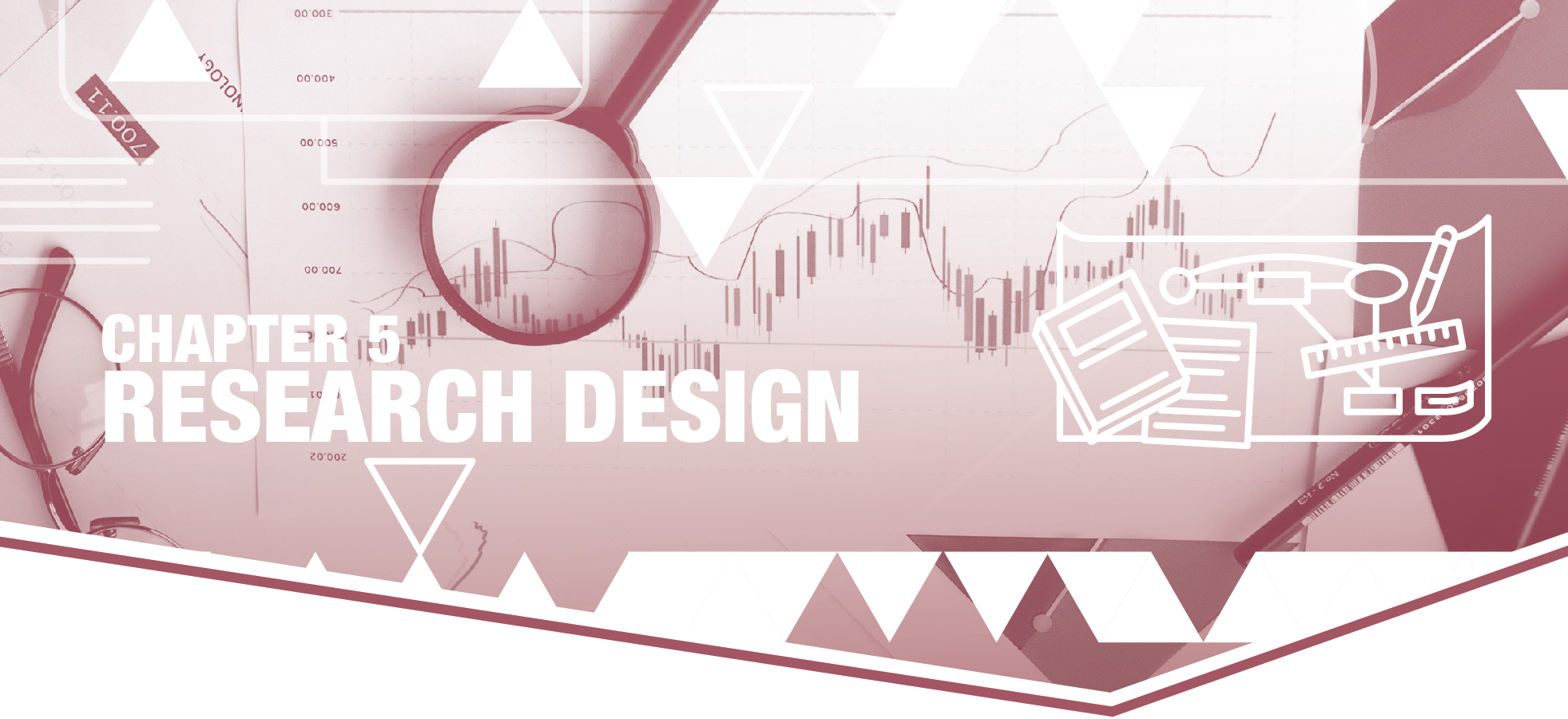5. Research Design
 After you have developed a working research question, the next stage in designing a research study is reviewing all the relevant literature on your topic. A literature review is a compilation of the most significant previously published research on a scholarly topic. It is a mandatory part of any research project. Without an adequate literature review, it is impossible to know how your proposed study can contribute to current scientific knowledge. It is quite possible that you are simply repeating what other people have done in the past—and have possibly done much better.
After you have developed a working research question, the next stage in designing a research study is reviewing all the relevant literature on your topic. A literature review is a compilation of the most significant previously published research on a scholarly topic. It is a mandatory part of any research project. Without an adequate literature review, it is impossible to know how your proposed study can contribute to current scientific knowledge. It is quite possible that you are simply repeating what other people have done in the past—and have possibly done much better.
All sociologists must be able to look at the available literature on a topic and synthesize the relevant facts into a coherent review. Doing so shows you are deeply familiar with the body of knowledge on that topic and thereby establishes your credibility with other scholars. It also gives you the background you need to make a strong case for what the existing literature misses (this is called the research problem) and why your study is needed to address that gap in our scientific knowledge. Beyond their importance to making sure research actually advances science, literature reviews can have a powerful effect on policy—for example, by helping make the case that a proposed program will (or will not) have the desired impact. So even if you are not conducting original research, learning how to track down and make sense of the most relevant empirical and theoretical writings on any topic can provide useful context and ensure that you (or the policymakers you are advising) make the most informed decisions.
This chapter walks you through the steps of conducting a literature review. First, we describe what your literature review should cover. Next, we describe the sources that you should use and how to find them. Once you have identified the relevant literature, we explain how to read and evaluate your sources. Then we guide you through the process of actually writing your review. The material in this chapter is chiefly devoted to writing a literature review, given how critical this step is in determining the focus of your overall study, We also discuss how to build on your literature review and make initial decisions about the methods you will use in your proposed study. We’ll conclude by discussing how to write a research proposal. This plan for your study includes not only a literature review that identifies your research problem, but also a methods section that describes how you plan to address that gap by collecting and analyzing actual data.
Opening chapter image credit: Anna Nekrashevich, via Pexels. Adapted by Bizhan Khodabandeh.
A summary, analysis, and synthesis of the most significant published research on a scholarly topic.
A gap in the literature on a topic that scholars who work in that area aim to address with their research.
The end product of the process of research design for a proposed scientific study, which usually takes the form of a paper that includes a thorough review of the relevant literature, the formulation of a focused research question, and a detailed plan for the methodological approach that will be used to answer that question.

